So you finally made it to your first drag strip. You launch your car, get to the finish line safely, and on your way back, the track employee gives you a receipt. Your friend tells you that it’s your time slip, so you take a photo of it pointing at […]
Read More
Performance Tech | Drag Racing 101
Drag racing is one of the truest forms of racing. After all, there are no points for style and you certainly don’t have to go around a circuit for hours before you’re announced a winner. Instead, a quarter-mile is all it takes and the rush is real. Not too long […]
Read More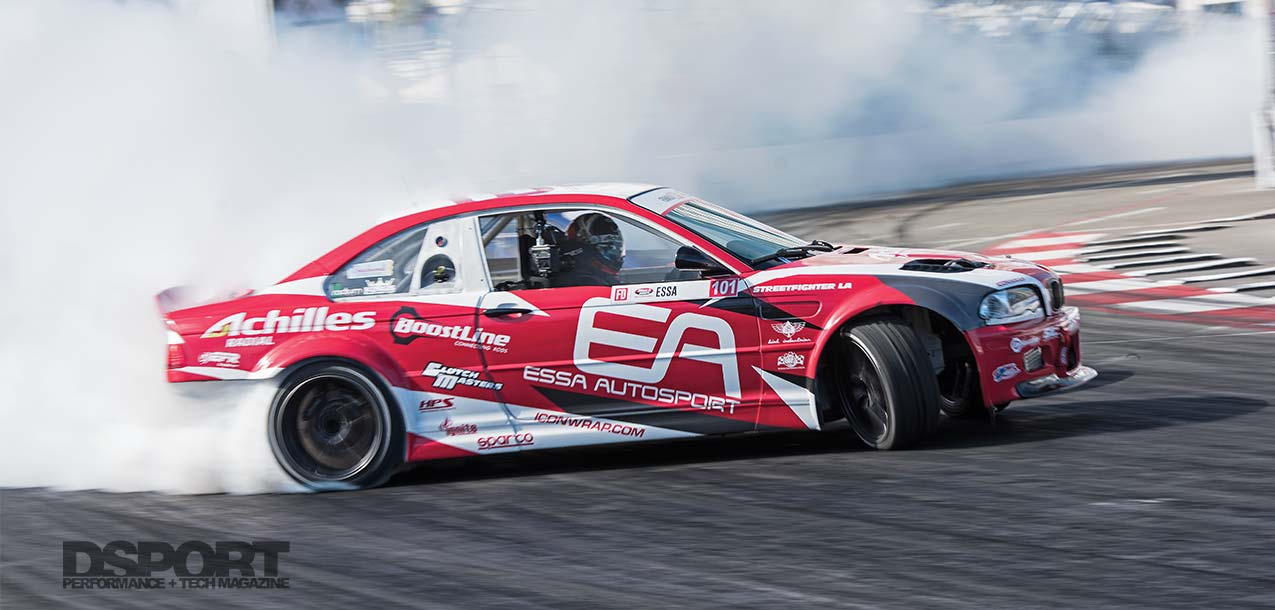
Engine Tech | Supertech’s S54 Cylinder Head Spit Shim Solution
Of all the common engine configurations, the inline-six-cylinder design outshines all others in terms of strength and reliability. The reasons are simple. Each and every connecting rod has its dedicated rod journal (no sharing like V6 and V8s), and a total of seven main caps hold the crankshaft in place […]
Read More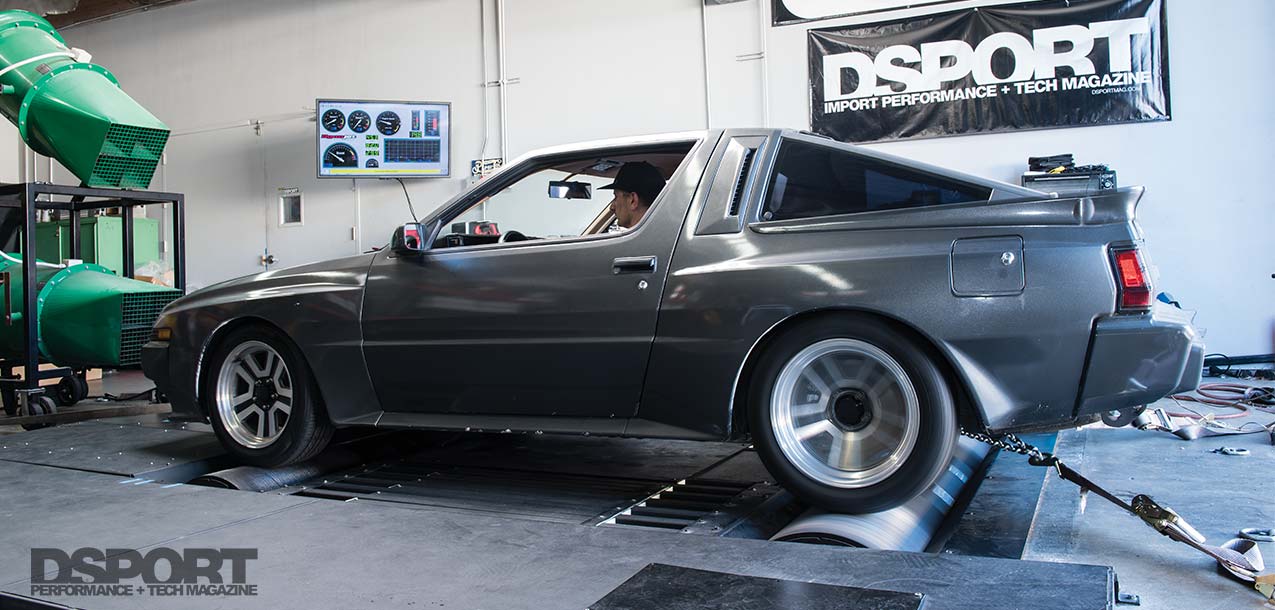
Engine Tech | G54B Head Development
Simple answers deliver convenience over accuracy. The simple answer to why Mitsubishi’s 4G54B engine struggled to deliver serious performance while its 4G63 engine shined is usually attributed to the number of valves per cylinder. While this answer is convenient, it’s far from accurate. The number of valves per cylinder is […]
Read More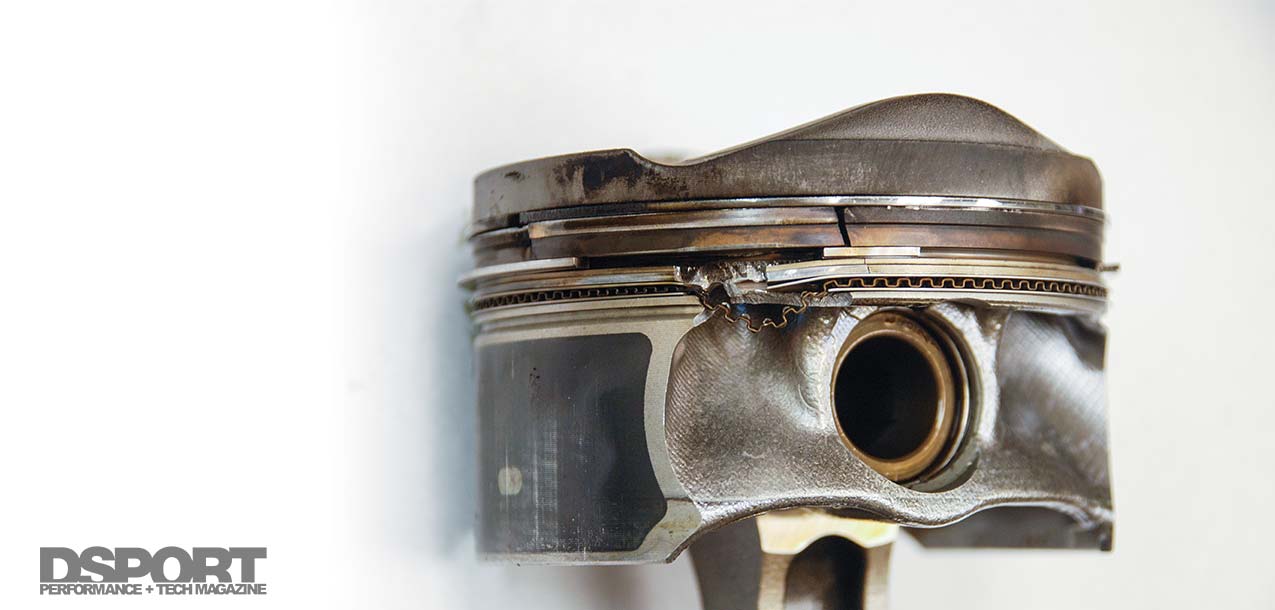
Engine Tech | Fuel Octane in Relation to Engine Knock and How to Avoid it
What you feed your engine determines its ultimate performance. The nutritional performance needs of an engine are influenced by a number of factors. Some of these most important factors include an engine’s compression ratio, rpm potential and the boost pressure of the forced-induction system. Engines that run higher compression ratios […]
Read More
DTE Systems | 2020 Toyota Supra
It has been four months since the Supra A90 went on sale. We’re already seeing tuners modifying the Supra to run nines and tens in the quarter-mile. The Supra is not a car that you leave stock. While some enthusiasts criticize the collaboration with BMW for the 2020 Supra, the […]
Read More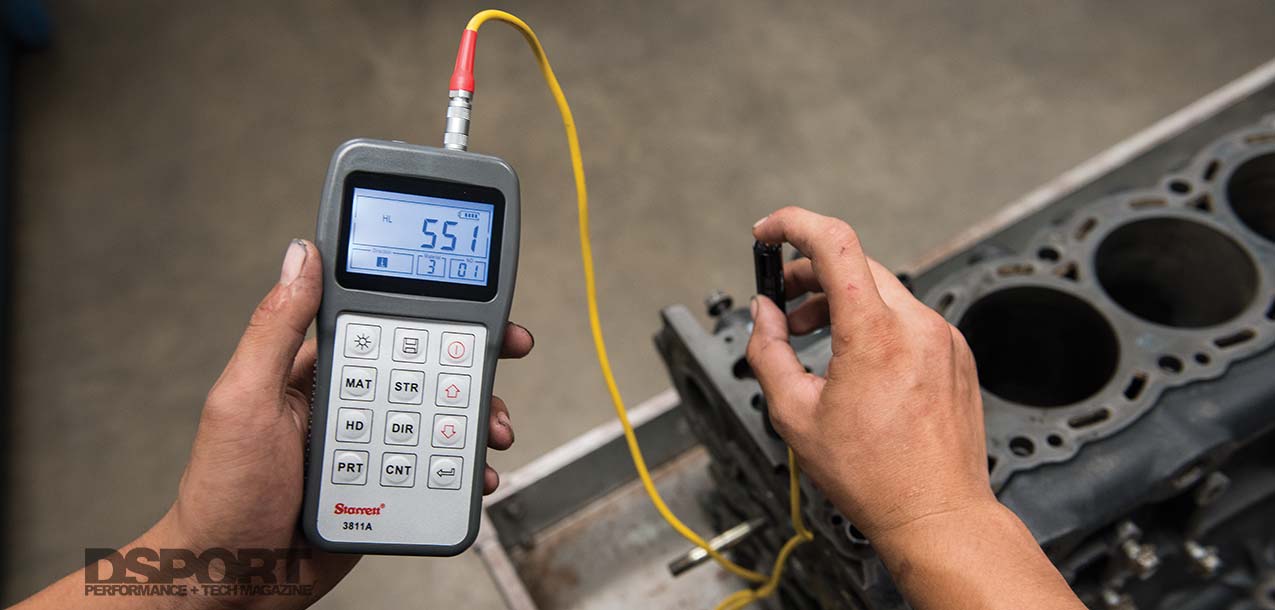
Engine Tech | Material Hardness Testing
It’s a little-known fact that the “end bug” at the end of every story ever written in DSPORT is the tip of a hardness tester. Specifically, the shape follows the indenter used for Rockwell C testing. We came up with the name Hard Media to describe the audience and goal […]
Read More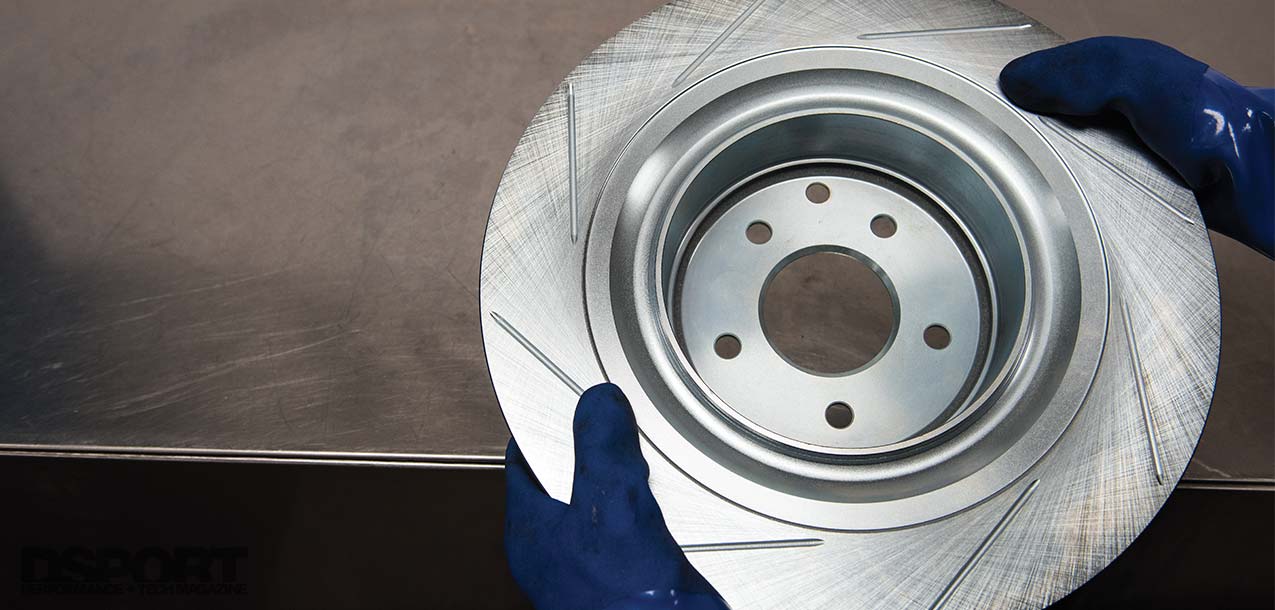
Quick Tech | Cryo 101 Part:1
Over 20 years ago, I was promised the world. Send me your Talon’s center differential and I’ll cryo treat it and it won’t break anymore. The factory two-spider gear center differential is a known weak link once the transfer case and axles are upgraded on the 1G DSM. Guess what? […]
Read More
Instagram Question | E85? Nitrous Oxide? Or both?
RE: NX Nitrous Oxide Plate for FR-S/BRZ I’m looking for more power. E85? Nitrous Oxide? Or both? Can I do this on stock internals or is it too much for the stock internals to handle? Instagram Question from @Busa_badger_pg DSPORT Issue #213 DSPORT Answer Switching over from pump gas (which […]
Read More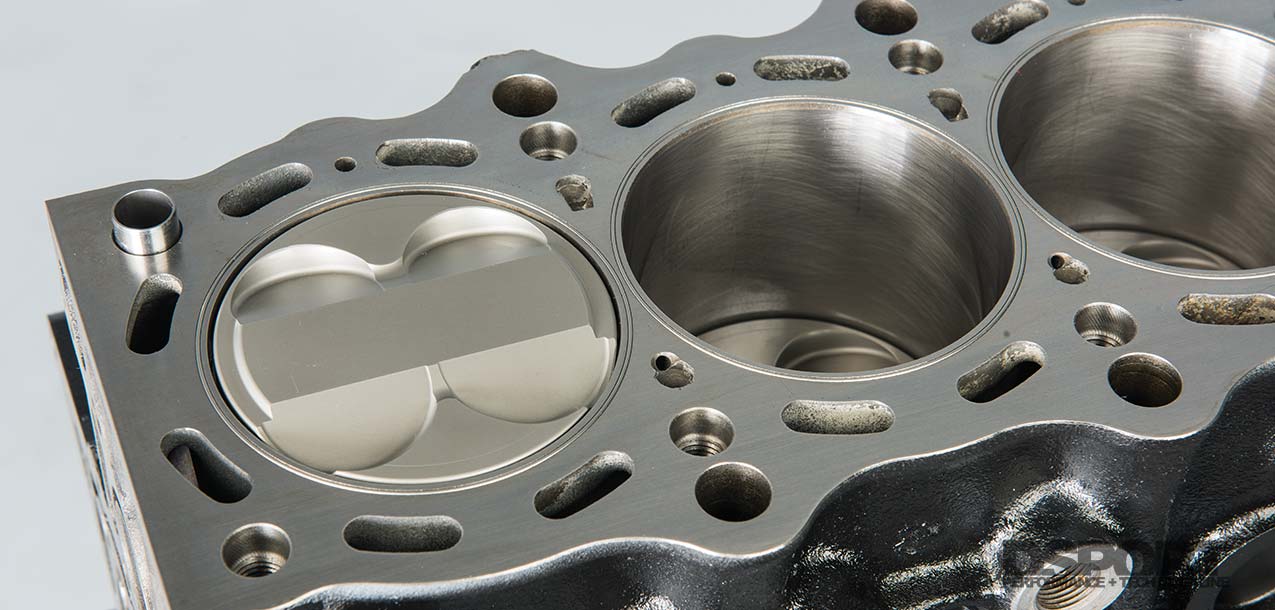
Performance Tech | Compression Ratio 101 Part:2
Opinions are like assholes and everyone has one. Look on a forum, blog, Instagram or YouTube account and you can find a number of “engine builders” sharing their thoughts and feelings on the best compression ratio for a particular engine or application. If you take away anything more than the […]
Read More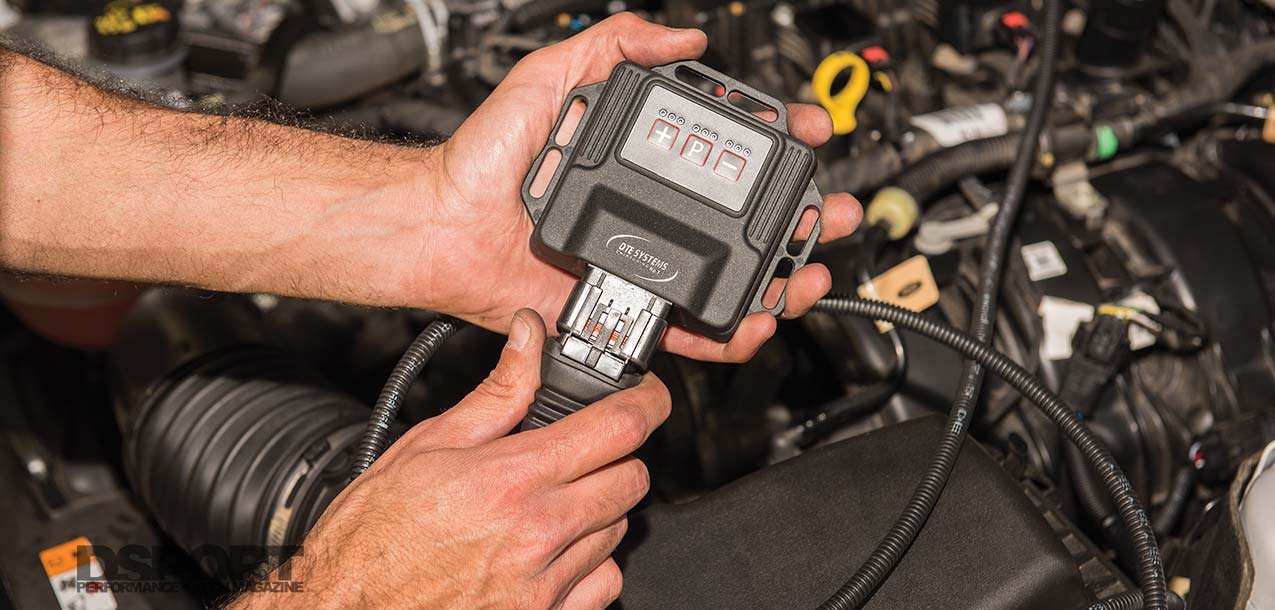
DTE Systems | New Tuning Solution
There used to be a time when tuning consisted of using a screwdriver to change jets in the carburetor and reading spark plugs to determine air/fuel ratios. Today, aftermarket companies offer tuning solutions that vary from stand-alone ECUs, to ECU reflash that can quickly be done by just about any […]
Read More
Quick Tech | Halogen vs LED: Which One is Right for You?
If you don’t drive your car at night, stop reading this story. If you’re one of the millions that follow the light, then this might be of service to you. Whether you have a burnt bulb or you want to upgrade your headlights, the options are numerous. While we were […]
Read More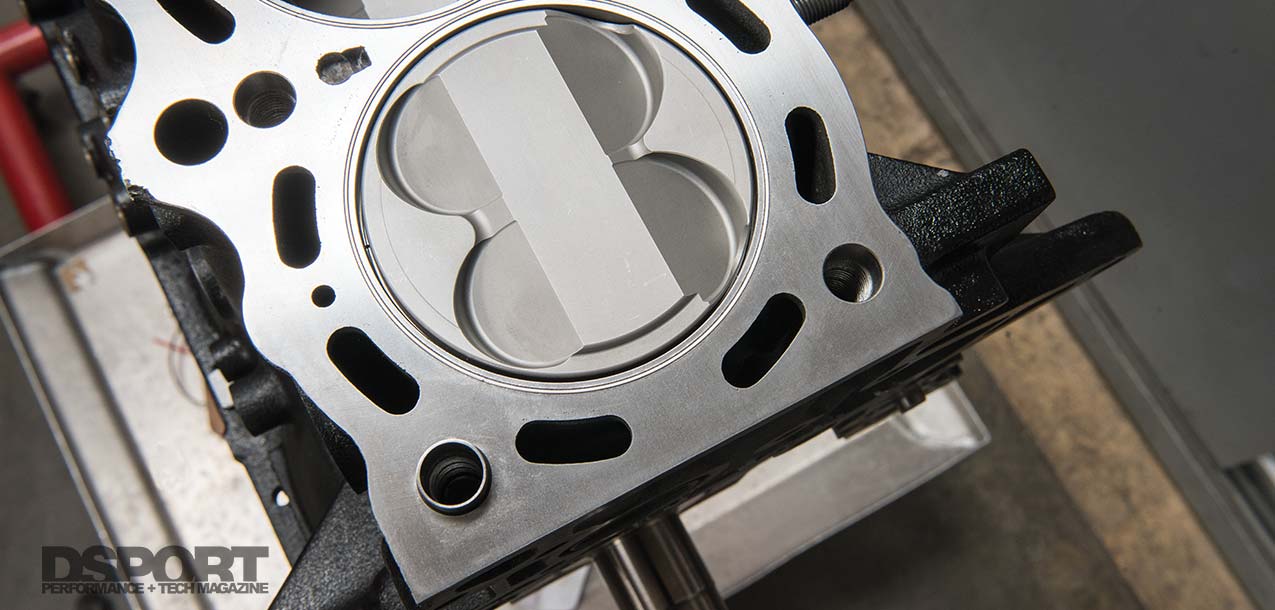
Performance Tech | Compression Ratio 101 Part:1
Optimizing an engine’s compression ratio for the type of fuel and the boost levels (forced induction applications) that will be used can result in additional power, increased torque and improved fuel economy. As you may already be aware of, some engines are optimized from the factory to run on higher-octane […]
Read More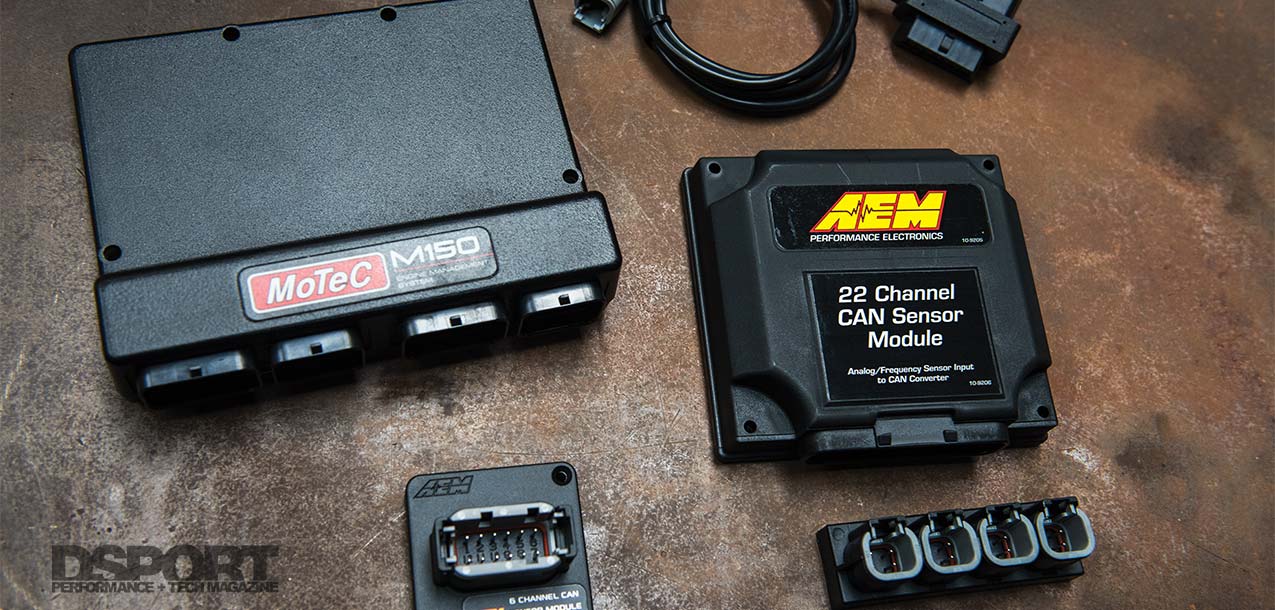
Performance Tech | CAN-Bus 101
If you are old enough to have used computers before the invention of the USB port, you probably really appreciate USB. Before USB, hooking up any external device to your computer required the assignment of a hexadecimal address to a serial port or parallel port that needed to have unique […]
Read More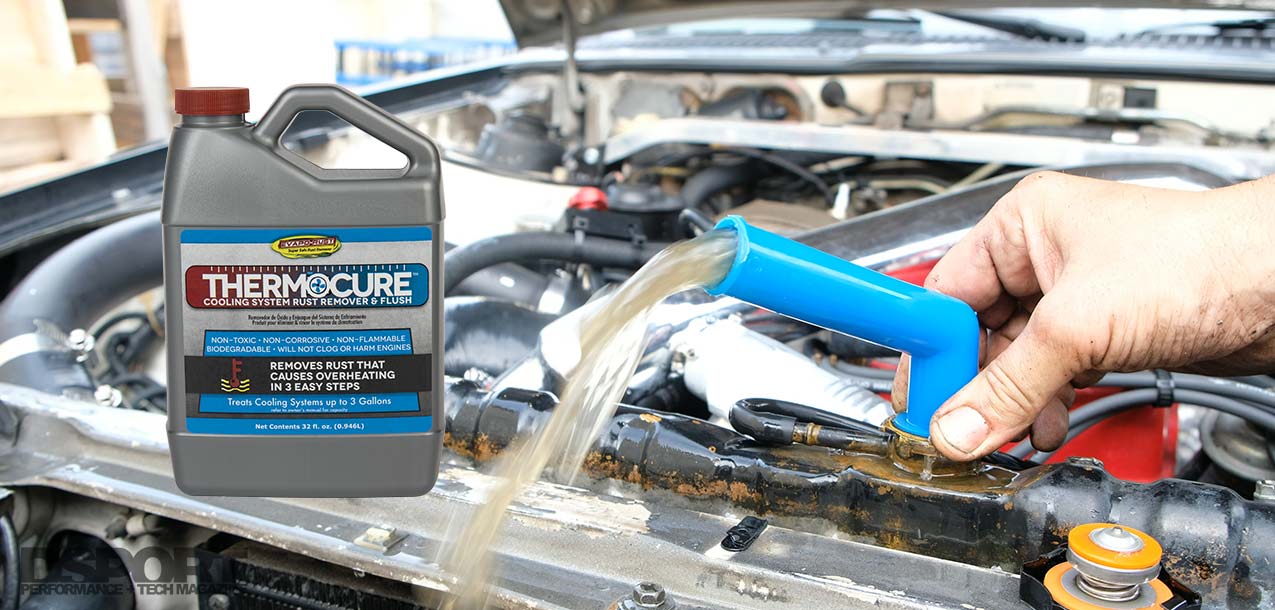
THERMOCURE | Cooling System Rust Remover
While the general public is pretty good about sticking to a regular schedule for oil and oil filter changes on their vehicle, the same cannot be said for cooling system maintenance. Depending on the vehicle, its usage and the type of coolant being used, the maintenance interval for the cooling […]
Read More

